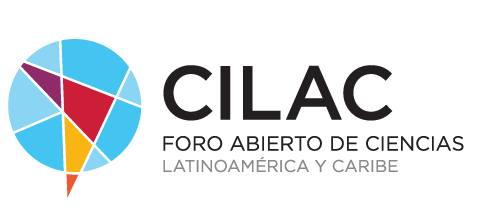"The time has come for a 'European ambition' for space. Here and now," declared Josef Aschbacher, Director General of the European Space Agency (ESA), last February at the European Space Summit held in Toulouse, France. A statement of intent that signals that the old continent does not want to be left behind in the new space race, which is no longer just a matter for the most powerful government agencies. Countries that, a priori, are not very focused on space exploration (such as South Korea, India, Israel, and even Spain, which will have its own space agency in the future) have entered the game; but above all, very powerful private companies, such as those of magnates Elon Musk (SpaceX) or Jeff Bezos (Blue Origin), who, apart from their own ships, have multi-million-dollar agreements with different organizations, both public and private. Nobody wants to miss out on their piece of the space pie. MORE INFORMATION This is the deepest image of the universe, a 'preview' of what we will see with the new James Webb telescope Space independence One of the short-term goals for the ESA is to not be so dependent on other large agencies, and for that, its own spacecraft and rockets are key. If all goes well, next Wednesday the 13th, the ESA will have a new vehicle in its space fleet: the Vega-C rocket. Designed for payloads of up to 2.2 tons (more than half a ton heavier than its predecessor, the Vega rocket, which has been operating since 2012) and 34.8 meters high (five meters more than Vega), the Vega-C will be able to transport dozens of CubeSats up to 700 kilometers above the Earth's surface to a laboratory that will orbit the Earth for about two months, and then return to collect the experiments in zero gravity. “This is a spectacular increase in capability compared to Vega, but also at a reduced cost,” Stefano Bianchi, head of ESA’s Flight Programmes department, explained at a press conference. “We now have a completely new launcher that consolidates what we had, but with a radical reduction in its cost per kilogram sent.” A mix between the powerful Ariane rockets (which have put such delicate payloads as the James Webb Space Telescope into space) and the versatile Vega. What the new European Vega-C rocket looks like: It features a new, more powerful first stage, the P120C, based on Vega’s P80. Above it is a new second stage, the Zefiro-40, and then the same Zefiro-9 third stage used on Vega. The upper stage, which can be re-ignited, has also been improved. AVUM+ has increased liquid propellant capacity to deliver payloads to multiple orbits depending on mission requirements and to allow for longer operational time in space, enabling extended missions. The P120C engine will serve double duty, with two or four units acting as additional boosters for Ariane 6. "Sharing this component streamlines industrial efficiency and improves the cost-effectiveness of both launchers," Bianchi stated. Undoubtedly, the most striking feature of Vega-C is that it has different warheads, like "heads," to which different payloads can be attached, depending on the need. The Venus module is used to transport satellites beyond low Earth orbit (above 2,000 kilometers in altitude); deploy satellite constellations, support lunar missions or in-orbit services. Vampire can support large payloads of up to 2.3 tons. To launch two medium-sized satellites at once, Vega-C has the Vespa C module . And to transport up to 35 cubeSats and up to 7 microsatellites, ESA has SSMS-C. Separately, in the coming years the Space Rider will be tested, the space laboratory that will return to Earth after two months in orbit carrying out all kinds of experiments in microgravity. What Vega-C will carry on its maiden flight The main payload of this maiden flight will be LARES-2 , a scientific mission of the Italian Space Agency (ASI). Once in orbit, the precise trajectory of LARES-2 will be tracked by laser, from ground stations. The purpose of the mission is to measure the so-called 'drag of the frame of reference, a distortion of space-time caused by the rotation of a massive body like Earth as predicted by Albert Einstein's Theory of General Relativity. Its predecessor, LARES, was the primary payload on Vega's 2012 maiden flight. Six CubeSats make up a secondary payload package: AstroBio CubeSat (Italy) will test a solution for detecting biomolecules in space; Greencube (Italy) will conduct an experiment to grow plants in microgravity; and ALPHA (Italy) aims to help understand phenomena related to the Earth's magnetosphere, such as the lights in the northern and southern hemispheres. Separately, Trisat-R (Slovenia), MTCube-2 (France), and Celesta (France) will fly, studying the effects of a hostile radiation environment on electronic systems. The ESA Member States participating in Vega-C are Austria, Belgium, the Czech Republic, France, Germany, Ireland, Italy, the Netherlands, Norway, Romania, Spain, Sweden and Switzerland.
